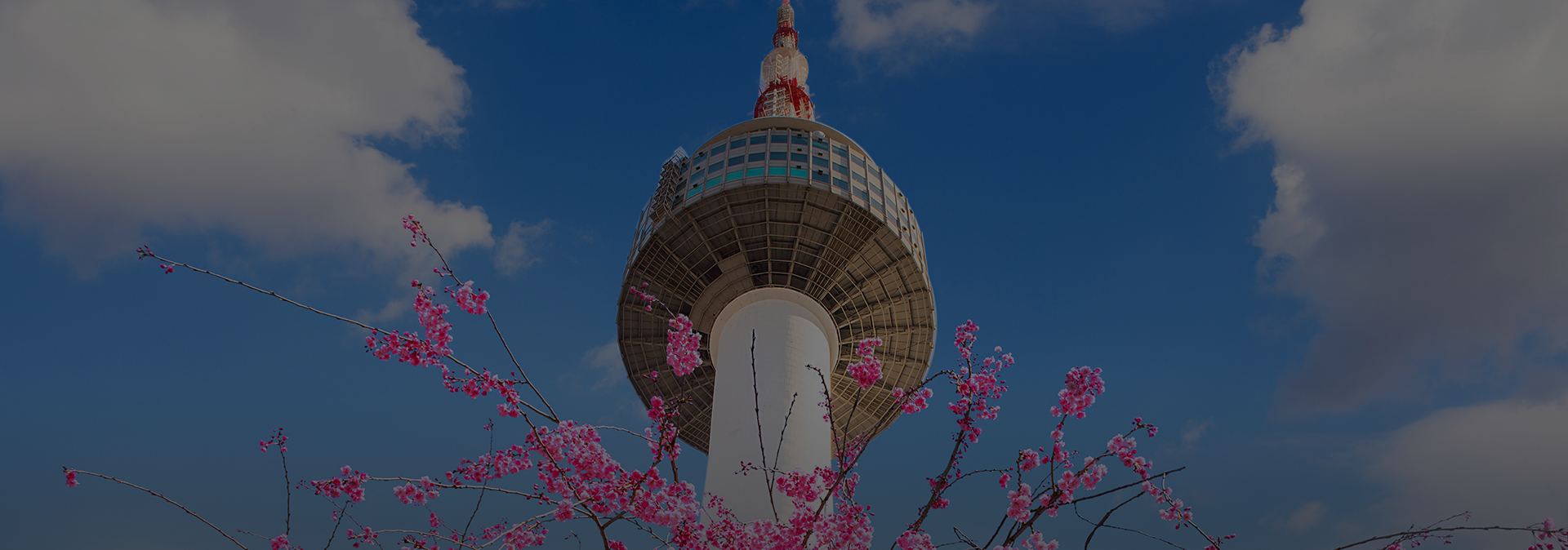
Tourism Information Center
Bukchon Hanok Village
Information on Seoul Danurim Accessible Tourism
Basic Information
Overview
Bukchon refers to the upper neighborhood of Cheonggyecheon and Jongno during the Joseon Dynasty. At that time, the royal families and higher-position officials mostly lived in Bukchon, and many of the lower-level officials lived in Namchon, the southern neighborhood. Many of the old Hanoks in Bukchon disappeared in the process of industrialization, but some remained between Gyeongbokgung Palace and Changdeokgung Palace became known as a tourist attraction. Hanoks are lined up on both sides of the alley on a hill, creating a quiet and antique landscape reminding of past of Seoul.
Attractions
As the village is settled on a hill, it is known as a viewpoint of old downtown Seoul. It boasts the eight scenic views of Bukchon: Changdeokgung Palace, Wonseo-dong craft shops Alleyways, 11 Gahoe-dong, 31 Gahoe-dong, hill of 31 Gahoe-dong, Gahoe-dong uphill alleyway, Gahoe-dong downhill alleyway, and the Samcheongdong-Gil road.
In addition, there are a lot of historical sites, such as the Seokjeong Full Moon Well, the site of the first western hospital Gwanghyewon, the house of writer and independent activist Han Yong-un, which is selected as a Seoul Future Heritage, and the former Korean Museum of Art building.
In Bukchon Hanok Village, visitors can also take traditional cultural classes such as tea ceremonies, folk painting, knotting, Korean paper crafts, and cloisonné and can enjoy movies, concerts, and exhibitions.
*Since there are actual residents living, it is recommended to avoid excessive noise.
Accessibility
The road surface is generally flat, but the village in settled on a hill so it is mostly inclined. The accessible restrooms are in the Gahoe-dong Community Service Center and the Bukchon Binkwan. The diaper changing station is in the Bukchon Binkwan accessible restroom.
37, Gyedong-gil, Jongno-gu, Seoul (Gye-dong)
-
Movement routeThe main movement route, the alleys, is maintained for wheelchair users.
-
-
Information deskThere is an information desk in the information center.
-
-
Accessible restroom for persons with disabilitiesThere is an accessible restroom for persons with disabilities in the Bukchon Traditional Culture Center.
-
-
Children facilitiesThere is a diaper changing station in the Bukchon Binkwan female accessible restroom for persons with disabilities.
-

